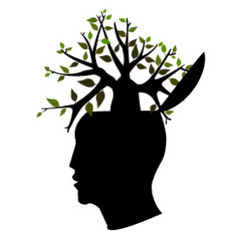What Is Creativity? Cultural Icons on What Ideation Is and How It Works
See on Scoop.it – Creativity and Learning Insights
Bradbury, Eames, Angelou, Gladwell, Einstein, Byrne, Duchamp, Close, Sendak, and more. “Creativity” is one of those grab-bag terms, like
Marci Segal, MS‘s insight:
Everyone has a personal understanding of creativity – be it visceral, intellectual, or spiritual. This collection of quotes shows differences of experience of creativity among famous people and all of them are correct. Two questions for you. 1- what is your personal understanding of creativity? 2 – what are the threads that run though the definitions shared in this blogpost?
See on www.brainpickings.org



recently proposed a unified framework for understanding creativity in problem solving , namely the Explicit-Implicit Interaction (EII) theory of creativity. This new theory constitutes an attempt at providing a more unified explanation of relevant phenomena (in part by reinterpreting/integrating various fragmentary existing theories of incubation and insight ). The EII theory relies mainly on five basic principles, namely 1) The co-existence of and the difference between explicit and implicit knowledge; 2) The simultaneous involvement of implicit and explicit processes in most tasks; 3) The redundant representation of explicit and implicit knowledge; 4) The integration of the results of explicit and implicit processing; and 5) The iterative (and possibly bidirectional) processing. A computational implementation of the theory was developed based on the CLARION cognitive architecture and used to simulate relevant human data. This work represents an initial step in the development of process-based theories of creativity encompassing incubation, insight, and various other related phenomena.